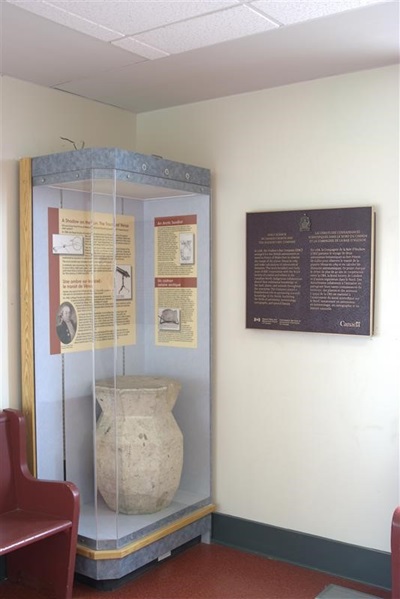Early Science in Canada’s North and the Hudson’s Bay Company (1768 – ca. 1810) National Historic Event
Churchill, Manitoba

HSMBC plaque
© Parks Canada | Parcs Canada, 2024
Address :
Churchill, Manitoba
Recognition Statute:
Historic Sites and Monuments Act (R.S.C., 1985, c. H-4)
Designation Date:
2018-02-27
Dates:
-
1768 to 1810
(Significant)
Other Name(s):
-
Early Science in Canada’s North and the Hudson’s Bay Company (1768 – ca. 1810)
(Designation Name)
Research Report Number:
2017-14
Importance:
Early scientific observations and experiments in the fields of astronomy, meteorology, cartography, and natural history
Plaque(s)
Existing plaque: 1 Mantayo Seepee Meskanow, Churchill, Manitoba
In 1768, the Hudson’s Bay Company (HBC) arranged for two British astronomers to travel to Prince of Wales Fort to observe the transit of the planet Venus in 1769 and make calculations of astronomical distances. This work heralded over forty years of HBC cooperation with the Royal Society of London and others in the Canadian North. Indigenous collaborators shared their substantial knowledge of the land, plants, and animals throughout the enterprise. The Company played a foundational role in sponsoring scientific knowledge of the North, furthering the fields of astronomy, meteorology, cartography, and natural history.